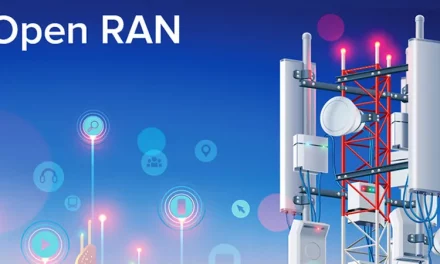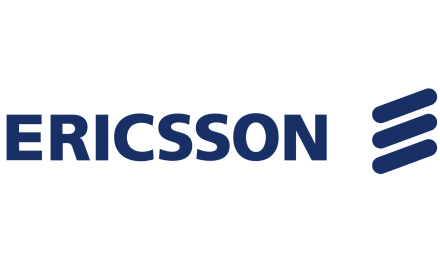
Ericsson launches enhanced 5G deployment options

Cutting-edge Standalone New Radio (NR) software enables super-fast response times and a new feature to rapidly extend 5G coverage.
New high-capacity Massive MIMO radios to cost-efficiently build 5G performance and coverage.
Powerful edge solution for distributed cloud services, meeting user demands for high-bandwidth, low-latency applications.
With 5G deployments rapidly gathering momentum globally, Ericsson (NASDAQ:ERIC) continues to lead the way with its service-provider-focused 5G platform by launching new software and hardware solutions to expand 5G deployment options. The new solutions extend network capacity and coverage, enable smooth network evolution, and facilitate new consumer and industry use cases.
While already supporting frontrunner service providers through commercial 5 G’s rollout using non-standalone (NSA) 5G New Radio (NR), Ericsson has now introduced standalone NR software. In addition to extending deployment possibilities, 5G standalone NR software makes for new network architecture, delivering key benefits such as ultra-low latency and even better coverage.
Ericsson is also evolving its cloud solution with an offering optimized for edge computing to meet user demand.
This will enable service providers to offer new consumer and enterprise 5G services such as augmented reality and content distribution at low cost, low latency, and high accuracy.
Fredrik Jejdling, Executive Vice President and Head of Business Area Networks, Ericsson, says: “We continue to focus our efforts on helping our customers succeed with 5G. These new solutions will allow them to follow the 5G evolution path that fits their ambitions most simply and efficiently.”
Meeting operator needs for smooth evolution with standalone and non-standalone 5G
The new standalone 5G NR software can be installed on existing Ericsson Radio System hardware. Coupled with Ericsson’s 5G dual-mode Cloud Core solutions, the new products aim to open new business opportunities for service providers, especially establishing an architecture that facilitates agility and provides advanced support for network slicing enables the speedy creation of new services.
Most operators will start with NSA and once the 5G coverage has been established, also deploy standalone.
Low bands will play a key role in cost-efficiently extending the coverage provided by 5G deployments to date. Ericsson has also launched Inter-band NR Carrier Aggregation – a new software feature that extends NR coverage and capacity on mid-and high bands when combined with NR on low bands. This will improve speeds indoors and in areas with poor coverage.
Two new Massive MIMO radios have also been added to the Ericsson Radio System mid-band portfolio, allowing service providers to build 5G with precision: AIR 1636 for wider coverage, which provides optimized performance on longer inter-site distances; and AIR 1623 for easy site build with a minimal total cost of ownership.
Powerful edge solution for distributed cloud services
5G enables augmented reality, content distribution and gaming, and other applications that require low latency and high bandwidth to perform with accuracy. To help service providers meet these requirements and offer new consumer and enterprise services, Ericsson is evolving its cloud solution with the launch of Ericsson Edge NFVI (Network Functions Virtualization Infrastructure), optimized for the network edge.
A compact and highly efficient solution, Ericsson Edge NFVI is part of the end-to-end managed and orchestrated distributed cloud architecture, making it possible to distribute workloads, optimize the network, and enable new services in the cloud.
Certification program for virtual network function-vendors
Ericsson is also launching the Ericsson partner VNF Certification Service, a partner certification program for virtual network functions (VNF). The service is open to all VNF vendors and grants certification on the Ericsson NFVI platform using Ericsson Labs. This will create an ecosystem with a shorter time-to-market for working with partners and applications.
Industry Analyst Hugh Ujhazy, Vice President, IoT & Telecommunications at International Data Corporation (IDC), Asia Pacific, says: “Ericsson’s latest 5G offerings equip service providers with an even broader 5G portfolio by adding the Standalone NR option. The Ericsson 5G platform’s series of solutions will allow service providers to deploy 5G sensibly and address new business opportunities with full flexibility. What you get is faster, cheaper, better use of existing assets, and fewer truck rolls. That’s pretty cool.”
Dana Cooperson, Research Director, Analysis Mason, says: “Improved E2E 4G/5G network architecture flexibility and new 5G use cases require distribution to the edge. To successfully provide new services, it is essential to have a cost-efficient platform for distributed workloads. Ericsson’s initiative with the Edge NFVI solution and distributed cloud architecture will contribute to service providers’ success in 5G.”Related news:































